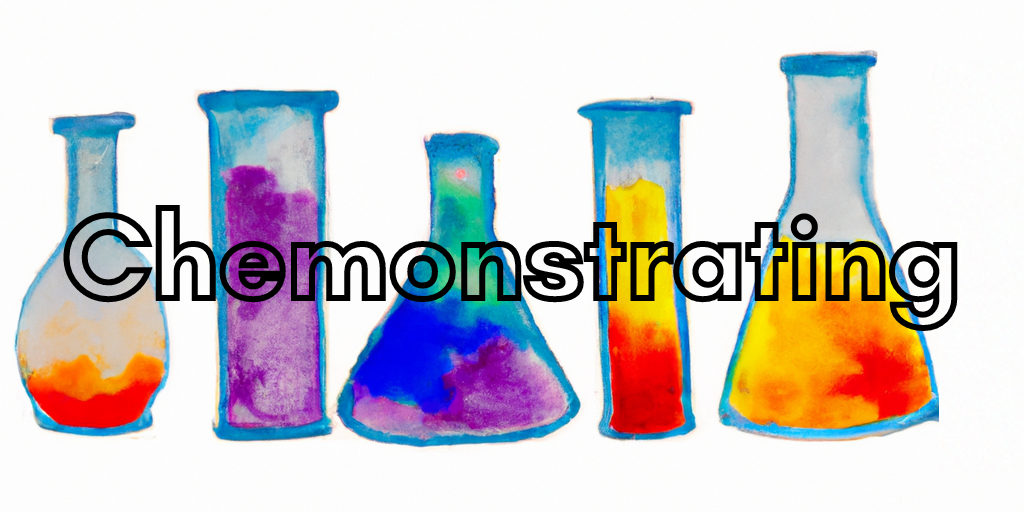Traffic Light
Alternate titles:
Stop and Go Light, Stoplight
Purpose:
To introduce oxidation-reduction reactions with a dynamic and colorful demonstration that can easily be repeated.
Materials:
- Rubber stopper (without hole)
- 500mL Erlenmeyer flask
Reagents:
- Indigo carmine indicator
- Sodium hydroxide (NaOH)
- Dextrose
Hazards and PPE:
- Indigo carmine indicator is toxic if ingested.
- The sodium hydroxide solution is a corrosive liquid and can cause skin burns.
- Wear approved safety goggles and gloves.
Protocol:
Preparation
- Prepare a 0.133M Dextrose stock solution by adding 23.96g Dextrose (anhydrous) to 1L of water. Mix until homogenous.
- Prepare a 1% aqueous Indigo Carmine stock solutionby adding 10.0g Indigo Carmine to a 1L beaker containing 500mL of water. Then fill the beaker to the 1L mark with water. Indigo Carmine solution has a limited shelf life (6-12 months). If the solution is not royal blue, the solution is no longer good and the reaction will not work.
Demonstration
- Add 100mL of the dextrose solution and 100mL of the sodium hydroxide solution to a 500mL Erlenmeyer flask.
- Add 10mL of the Indigo Carmine indicator solution to the flask. Stopper flask tightly.
- Let the solution sit and become fully reduced (amber).
- Shake the flask to obtain all the colors (red, green, yellow).
Additional Notes:
- Solution will last approximately 20 minutes. Colors fade with time.
Disposal:
- The solution can be washed down the drain with excess water.
Reactions:
- Indigo carmine is a redox indicator, which is easily reduced by the alkaline sugar. It takes on an amber yellow color in its fully reduced form.
- The indicator becomes red colored when the amber colored form is agitated, due to the oxygen which partially oxidizes it. When it is further agitated, it becomes completely oxidized and turns green.
- As the solution sits, most of the available dissolved oxygen is used up, so the alkaline sugar will slowly reduce the indicator back to its amber colored form.
- The redox reaction will cease after about 10 or 15 cycles.
- The process can be repeated if the stopper is removed, enabling fresh air to enter the flask.
Citations:
- This demo adapted from the demo library of the Chemistry department at the University of Illinois at Urbana-Champaign.
- 1996 Flinn Scientific Publication Vol. 96-2.
Videos:
